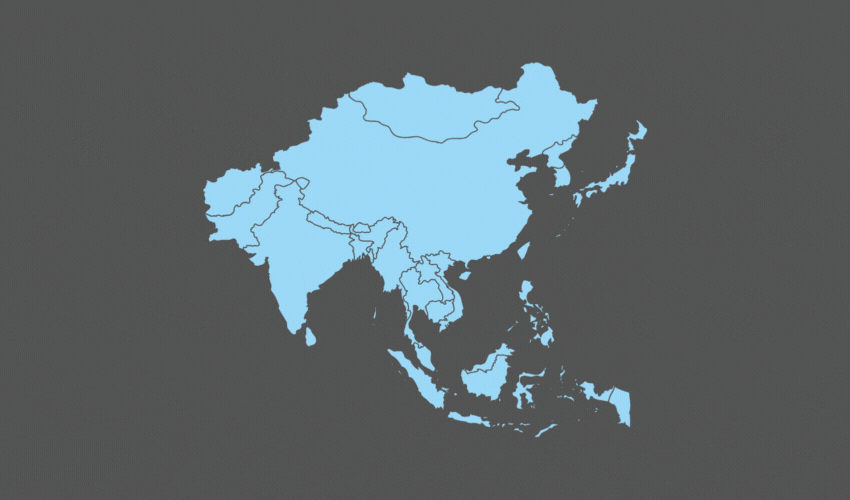E-commerce can become a driver of growth across South Asia:World Bank

New Delhi — E-commerce can become a driver of growth across South Asia and boost trade among the region’s countries, but its potential remains largely untapped, says a new World Bank report.
This report, Unleashing E-Commerce for South Asian Integration, notes that although e-commerce has grown significantly in South Asia, online sales accounted for a mere 1.6 per cent and 0.7 per cent of total retail sales in India and Bangladesh, compared to 15 per cent in China and around 14 per cent globally, the Business Line writes.
Increasing the use of e-commerce by consumers and firms in South Asia could potentially help boost competition and firm productivity, and encourage diversification of production and exports, the report added.
Like the European Union’s Digital Single market proposal, South Asia could aspire to have a regionally integrated Business-to-Consumer (B2C) e-commerce market, the report suggested.
“E-commerce can boost a range of economic indicators across South Asia, from entrepreneurship and job growth to higher GDP rates and overall productivity,” said Sanjay Kathuria, World Bank Lead Economist and co-author of the report.
“By unleashing its online trade potential, South Asia can better integrate into international value chains, increase its market access, and strengthen commercial linkages between countries across the region.”
Reacting to the report, Bipul Chatterjee of CUTS International said that e-commerce can be a good platform for further integration of South Asia. “The report deals with the entire ecosystem around e-commerce, and hence can be looked at as a framework for future regional integration,” he said.
A survey of over 2,200 firms in South Asia showed that the top concerns on cross-border e-commerce sales included e-commerce related logistics, e-commerce and digital regulations, and connectivity and information technology infrastructure. These barriers are significantly higher when trading with other South Asian countries.
The main international e-partners of firms in South Asia are China, the UK, and the US, and not other South Asian countries.
Small and medium enterprises in the region reported that removing regulatory and logistical challenges to e-commerce would increase their exports, employment, and productivity by as much as 30 per cent.
Reforms proposed
To overcome these hurdles, the report proposes reforms in areas such as payments, delivery, market access regulations, consumer protection, and data privacy, at the national, regional, and global levels. “Some practical steps to strengthen online transactions include leveraging the reputation of large e-commerce platforms to offer consumer protection, return and redress, and data security as an initial substitute for robust contractual and consumer protection mechanisms, and permitting cross-border e-commerce payments,” said Arti Grover, World Bank Senior Economist and co-author of the report.
The report also suggests an incremental approach to taking these steps, if necessary, in order to build confidence.
“While cross-border trade within South Asia represents only 5 per cent of the region’s total trade, e-commerce has the potential to stimulate regional trade by bridging the gap between buyers and sellers on different sides of national borders,” said Viviana Perego, World Bank Agriculture Economist and co-author of the report.
And apart from firms, consumers in South Asia stand to gain significantly from the potential reduction in costs and availability of a greater variety of e-traded goods and services, the report says.



















Facebook Comments